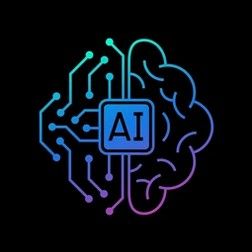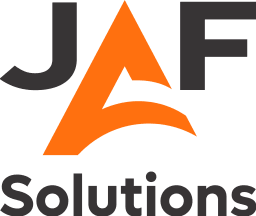Navigating Labour Shortages with AI-Driven Planning

Amidst mounting labour shortages, organisations are focused on developing strategies to bolster resilience, adhere to Environmental, Social, and Governance (ESG) objectives, and navigate the intricacies of scaling operations. This pursuit for efficiency is placing unprecedented strain on conventional supply chain planning approaches, which are increasingly deemed inadequate in the face of the challenges posed by a global, multi-tiered landscape.
A transformative shift is underway, with Artificial Intelligence (AI) leading the charge in redefining Sales and Operational Planning (S&OP) and Integrated Business Planning (IBP). This blog explores the emergence of AI-driven no-touch/low-touch planning and its potential to change organisational efficiency and decision-making as well as mitigate staffing issues.
The Shift to AI-Driven Supply Chain Planning
With labour shortages intensifying, traditional supply chain planning methods are increasingly inadequate, struggling to cope with rapid changes and growing complexities. The deficiency in these conventional approaches is particularly pronounced in their limited capacity for thorough scenario analysis, vital for understanding the financial implications of significant decisions. This inadequacy has propelled the ascent of AI-driven Integrated Business Planning (IBP), which are now indispensable for seamlessly integrating supply chain planning with execution.
AI-driven Supply Chain Planning mitigate the reliance on manual input by leveraging advanced analytics to offer comprehensive insights with minimal human intervention. Central to this transformation is AI's capability to sift through vast datasets, pinpoint anomalies, uncover disruptive trends, and swiftly devise effective solutions, especially crucial in light of companies facing staffing shortages. This shift represents a significant stride toward more automated, efficient, and intelligent supply chain planning processes, enabling businesses to maintain agility and responsiveness without worrying too much about being unstaffed at any given moment.
Key Advantages of AI in Supply Chain Planning
 The integration of AI into supply chain planning brings a multitude of benefits, chief among them being enhanced predictability, improved gross margins, and the liberation of resources for more strategic tasks. By automating routine tasks and analyses, AI-driven tools allow companies to focus their (already limited) human capital on areas where they can add the most value.
The integration of AI into supply chain planning brings a multitude of benefits, chief among them being enhanced predictability, improved gross margins, and the liberation of resources for more strategic tasks. By automating routine tasks and analyses, AI-driven tools allow companies to focus their (already limited) human capital on areas where they can add the most value.
Enhanced Predictability and Efficiency
The imperative for efficient resource allocation has never been more pressing. Advanced planning technologies, exemplified by SAP's Integrated Business Planning (IBP), are changing how organisations anticipate and address market fluctuations. These sophisticated AI-driven tools serve as digital nerve centres, harnessing digital twin technology to construct virtual replicas of physical supply chains. This innovation empowers businesses to simulate and optimise diverse scenarios, strengthening their capacity to anticipate and adapt to market shifts amidst labour constraints. The outcome is a notable enhancement in operational efficiency and flexibility, empowering enterprises to proactively refine strategies and sustain a competitive advantage. Through the adoption of these state-of-the-art solutions, organisations can navigate intricate challenges with heightened precision and foresight.
Freeing Up Resources for Strategic Initiatives
 The significant impact of AI-driven planning lies in its ability to streamline operations by automating routine tasks and data analysis. This shift is particularly vital in today's context of leaner teams and tighter resources. By delegating mundane, repetitive processes to AI, organisations unlock valuable time and resources, redirecting them towards innovation and strategic planning.
The significant impact of AI-driven planning lies in its ability to streamline operations by automating routine tasks and data analysis. This shift is particularly vital in today's context of leaner teams and tighter resources. By delegating mundane, repetitive processes to AI, organisations unlock valuable time and resources, redirecting them towards innovation and strategic planning.
This reallocation is crucial for maintaining operational efficiency with fewer staff, as it allows the remaining team members to focus on tasks that require human insight and creativity. The result is a more agile, innovative organisational culture that can do more with less, ensuring that even with limited manpower, companies remain competitive and forward-thinking.
Summary
The transition to AI-driven no-touch/low-touch planning is not merely a trend but a fundamental shift in how organisations approach supply chain management and business planning.
By embracing these advanced technologies, companies can enhance their resilience, better align with ESG goals, and navigate the complexities of modern operations like labour shortages with greater ease and efficiency. As these tools continue to evolve, they will undoubtedly play a crucial role in shaping the future of business planning and execution.


